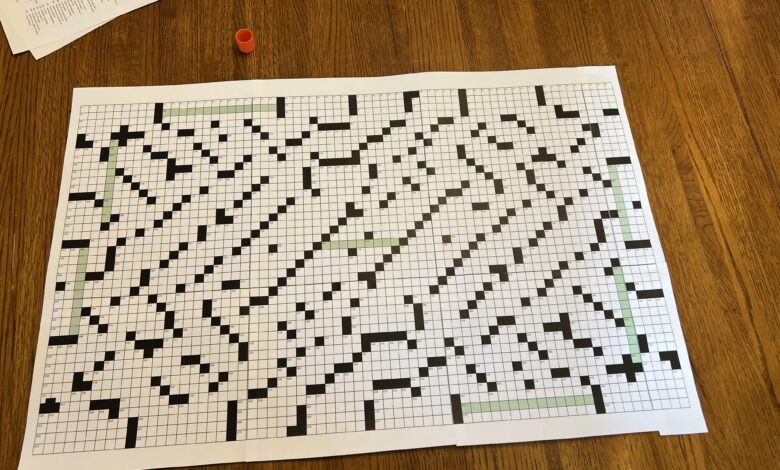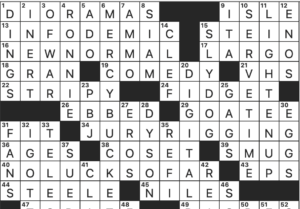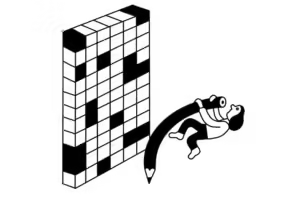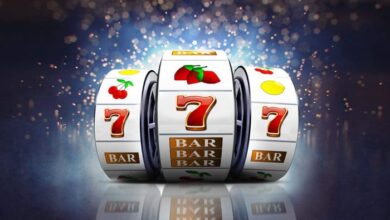Understanding Intentional Mislead NYT Crossword: A Fun Challenge

Intentional mislead NYT crossword can be a tricky puzzle to solve! Sometimes, the clues can lead you in the wrong direction, making it hard to find the right answer. But don’t worry! With some practice and clever thinking, you can learn how to spot these tricky clues and enjoy the challenge.
In this blog post, we will explore what intentional mislead means in the context of crossword puzzles, especially in the New York Times (NYT) crossword. We’ll share tips and tricks to help you become a better solver and have fun along the way
What is Intentional Mislead in NYT Crossword
Crossword puzzles are a fun way to challenge our brains. Sometimes, clues in the New York Times (NYT) crossword can be tricky. They use something called “intentional mislead.” This means that the clues are designed to trick you a little. Instead of giving a clear hint, they might lead you to think of something else.
For example, if a clue says “Big cat,” you might think of a lion. But, the answer could be “tiger.” This can make the puzzle more exciting and challenging. It keeps you on your toes and helps you think differently. Understanding this trick is the first step to solving these fun puzzles.
How to Spot Intentional Mislead Clues
Learning to spot intentional mislead clues takes practice. One good tip is to pay attention to the wording. Clues that seem simple might actually be tricky. For instance, if a clue uses a word with two meanings, it might be misleading.
Another way to spot these clues is by looking for clues that use puns or funny meanings. Sometimes, words sound similar but mean different things. This can confuse you if you are not careful. For example, the word “bark” could refer to a tree or a dog. Recognizing these types of clues helps you understand the puzzle better.
Common Types of Intentional Mislead Clues
There are many types of intentional mislead clues in crossword puzzles. One common type is the double meaning clue. These clues have two possible answers, but only one fits the puzzle.
Another type is the wordplay clue. This type uses puns or jokes to trick you. For example, a clue might say “Hot beverage” when the answer is “tea,” but they might mean “hot” in a different way. Understanding these common types makes solving puzzles more enjoyable.
Why Do Crossword Creators Use Intentional Mislead
Crossword creators use intentional mislead clues to make puzzles more interesting. If all the clues were easy, puzzles would be boring. A little challenge makes solving the crossword more rewarding.
Also, using misleading clues can help solvers learn new words and facts. When you finally figure out a tricky clue, it feels great! You remember the answer better when it’s a fun challenge. This way, creators keep solvers engaged and excited to come back for more.
Tips for Solving Intentional Mislead in NYT Crossword
Solving intentional mislead clues can be easier with a few tips. First, don’t rush! Take your time to read the clues carefully. Sometimes, the answer comes to you when you think about it for a moment.
Second, it helps to have a good dictionary or crossword app. These can give you hints or definitions for tricky words. You can also practice by doing other crosswords that have similar clues. The more you practice, the better you will become at spotting those tricky clues!

Fun Facts About the NYT Crossword
The New York Times crossword has been around for a long time. It started in 1942 and has become very popular. Many people enjoy solving it every day! Did you know that over 50 million people solve crosswords each year? That’s a lot of puzzlers!
Another fun fact is that the puzzles often include current events or pop culture. This means that sometimes the clues are about famous movies, songs, or news. This keeps the crossword fresh and fun for everyone.
Examples of Intentional Mislead in Famous Crosswords
Famous crosswords have many examples of intentional mislead clues. One well-known example is the clue for “rock” which could mean either a stone or a music genre. This kind of clue can stump even the best solvers!
Another example is a clue that says “Fishy character” which could refer to a fish or a person who is suspicious. These examples show how clever crossword creators can be. They love to keep solvers guessing and thinking outside the box!
How to Practice with Intentional Mislead Clues
To get better at spotting intentional mislead clues, you can practice regularly. Start with easier puzzles before moving to more challenging ones. Many websites offer daily crosswords that you can try.
You can also solve puzzles with friends or family. Working together helps you share ideas and learn from each other. Sometimes, another person can see the answer that you might miss. Practicing with others makes it more fun and less stressful!
The History of the NYT Crossword Puzzles
The history of the NYT crossword is quite interesting. The first puzzle was created by Arthur Wynne, who made it in the shape of a diamond! Over the years, the crossword has changed a lot, but the challenge remains the same.
Today, many famous writers and editors work on the NYT crossword. They create new and exciting puzzles for everyone to enjoy. The puzzles are updated regularly, which means you will always find something new to solve!
Interview with a NYT Crossword Creator
In an interview with a NYT crossword creator, they shared their thoughts about intentional mislead clues. They believe that these clues add fun and excitement to puzzles. The creator spends a lot of time thinking about the best ways to challenge solvers.
They also mentioned that it’s important to balance difficulty. If a puzzle is too hard, people might get frustrated. So, they try to mix easier and more challenging clues to keep everyone happy. This way, both new and experienced solvers can enjoy the puzzles.
Join the Fun: Crossword Puzzle Communities
Joining a crossword puzzle community is a great way to improve your skills! There are many groups online where fans share tips and tricks. You can also ask questions and get advice from others who love puzzles.
Many communities also host puzzle-solving events. These are fun ways to meet new people and solve puzzles together. Being part of a community makes crossword solving even more enjoyable!

Final Thoughts on Intentional Mislead in NYT Crossword
In conclusion, intentional mislead clues make the NYT crossword an exciting challenge. They keep solvers engaged and encourage creative thinking. By learning to spot these tricky clues, you can become a better solver and enjoy puzzles even more.
So, remember to take your time, practice regularly, and have fun with the NYT crossword! Happy puzzling!
Conclusion
In conclusion, understanding intentional mislead clues in the NYT crossword can make solving puzzles a lot more fun! These tricky clues challenge our thinking and keep us guessing. By learning how to spot them, we can become better at solving crosswords. Remember, every time you solve a puzzle, you’re exercising your brain and having a great time!
So, don’t get discouraged if you find a clue that tricks you. Instead, see it as a chance to learn something new. With practice and patience, you will improve your skills and enjoy the puzzles even more. Happy puzzling, and may your crossword adventures be exciting and rewarding



